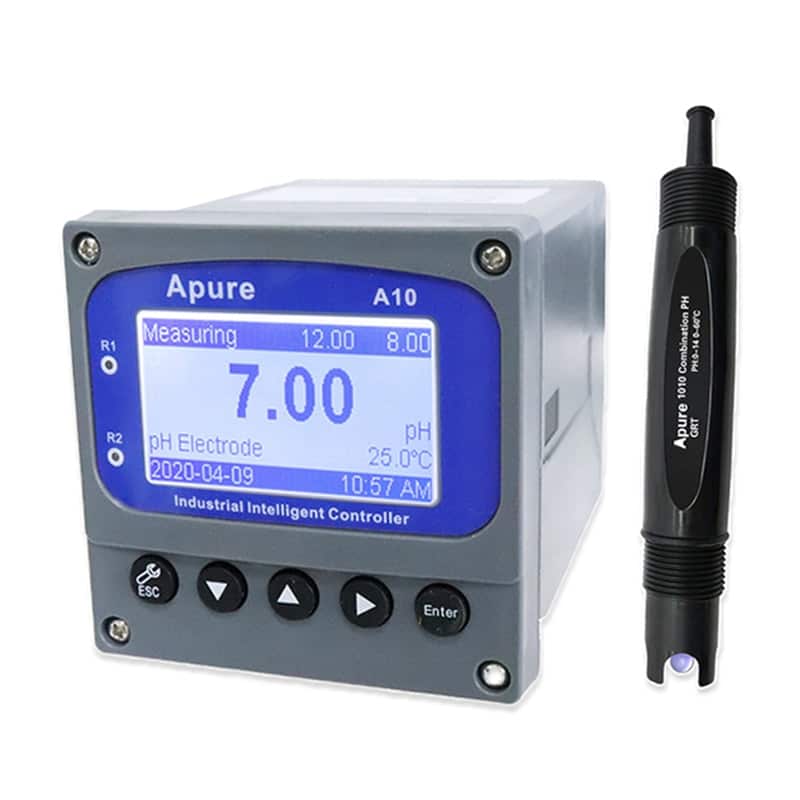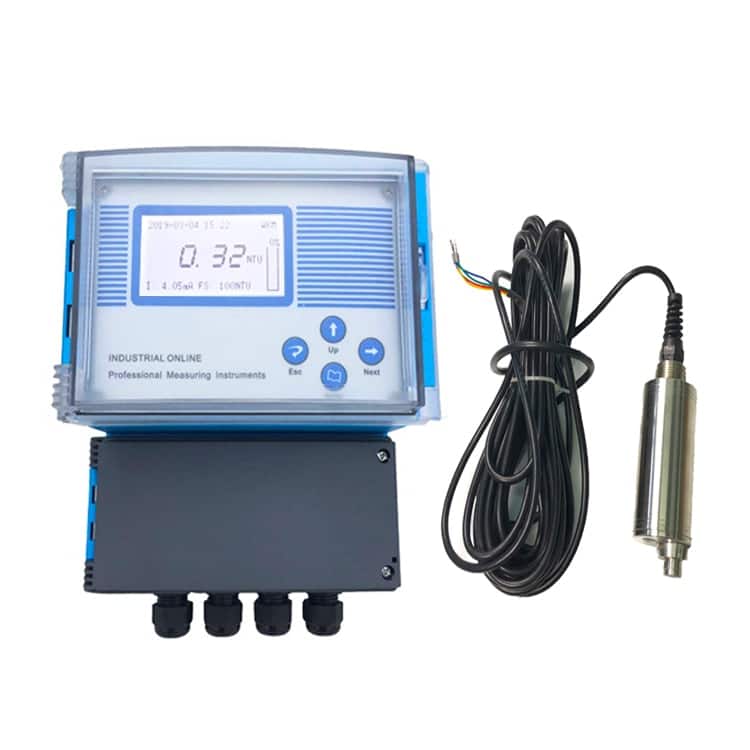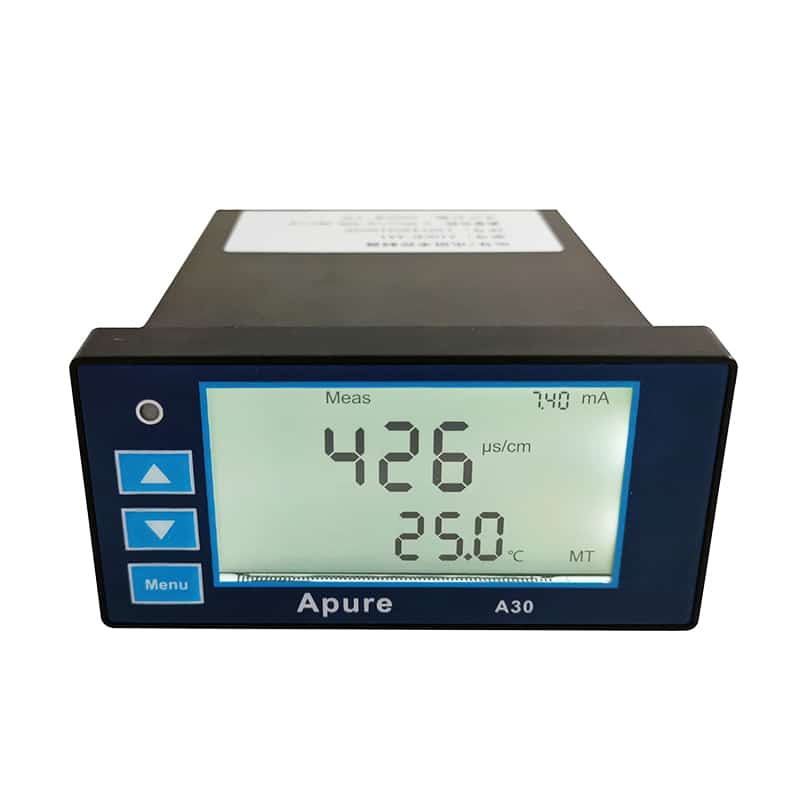Modbus protocol is a widely used industrial communication protocol first developed by Modicon (now Schneider Electric) in 1979. It is a simple, open, and flexible protocol designed to connect a variety of industrial devices, such as PLCs, sensors, and actuators, via serial communications (e.g., RS-232 or RS-485) or over a network (e.g., TCP/IP.) Modbus is still used today in a wide range of applications, such as factory automation, building control, and energy management.
How Modbus Works and What It’s Used For
Modbus is based on a Master-Slave architecture, where the master device (e.g., HMI, SCADA system) initiates the communication request and the slave devices (e.g., sensors, actuators) passively respond to the request. This architecture is particularly suitable for data acquisition and control of devices in industrial control systems.
The main uses of Modbus:
- Data acquisition and monitoring: Slave devices (e.g. sensors) provide status information to the master device.
- Device control: The master device controls the operation of the slave device, such as starting or stopping the device.
- Remote management: Monitoring and managing devices remotely over a TCP/IP network.
PDU and ADU
The basic unit of Modbus communication is the PDU (Protocol Data Unit), which contains the function codes and data fields.The PDU is encapsulated in the ADU (Application Data Unit):
- In serial communication, the ADU contains the slave device address, the PDU, and the error check code (CRC).
- On TCP/IP, the ADU contains the additional MBAP (Modbus Application Protocol) header, which provides transaction and protocol identification.
Modbus Data Model
Modbus uses 16-bit registers and coils to store data. Commonly used data types include:
- Coil: Stores a Boolean value (on/off state).
- Holding Register: Stores the state or control data of the device and can be read or written.
- Input Registers and Discrete Inputs: Store measured values or status of the device, read-only.
Application of Modbus Protocol in Different Communication Methods
Modbus in Serial Communications
Modbus was first used on serial lines such as RS-232 and RS-485. The communication message structure consists of slave device address, function code, data and CRC checksum. Because serial communication is slow (typically 9600 or 19200 bps), it is more suited to small, low-frequency applications.
Modbus TCP/IP
Modbus TCP/IP became mainstream with the popularization of Ethernet. It transmits Modbus messages over Ethernet, using a standard 502 port. TCP/IP is faster and has a wider reach than serial communication, making it suitable for large-scale distributed systems.
Limitations of the Modbus Protocol
- Inefficient data transfer
Modbus is designed for low-speed serial communication and is therefore inefficient when dealing with large amounts of data. The amount of data transferred per request is limited, especially when reading multiple registers or coils. - Lack of security
Modbus communication does not support encryption and authentication, making it susceptible to data theft and tampering attacks, especially in public network or TCP/IP environments. - Master- slave architecture limitations
The master-slave architecture of Modbus makes it impossible for the slave device to send information actively, and all data communication must be initiated by the master device. This approach is not flexible enough in modern systems. - Poor scalability
Modbus RTU supports a maximum of 247 slave devices, and the interpretation of data between devices of different manufacturers may be different, resulting in interoperability problems. - Insufficient real-time performance
The polling mechanism of Modbus leads to communication delays, which cannot meet the high real-time requirements of the application, especially in the case of multiple devices communicating at the same time, the performance degradation is obvious.
Modern Applications of Modbus
Despite its limitations, Modbus remains important in many industrial applications due to its simplicity and device compatibility, especially in small systems and where real-time requirements are not critical.
As the demands of industrial communications increase, many systems incorporate more advanced protocols such as OPC UA and Ethernet/IP to overcome the shortcomings of Modbus. In modern industrial applications, Modbus TCP/IP has gradually replaced the traditional serial communication, realizing more efficient and flexible remote control and data transmission.
It is worth mentioning that the Modbus protocol is also widely used in the field of water quality analysis. For example, A-PURE’s portable water quality analyzer can monitor water parameters such as pH, turbidity and conductivity in real time via Modbus protocol. In addition, APURE multi-parameter water quality monitor can measure multiple water quality indicators simultaneously and integrate the data into SCADA system through Modbus TCP/IP interface to help users realize remote monitoring. The APURE online water quality monitoring system is suitable for large-scale water treatment plants and environmental monitoring sites to ensure that the water quality meets the relevant standards.



Summary
The Modbus protocol continues to be an important part of industrial automation because of its ease of use, broad device support, and flexible implementation. Despite its limitations such as low transmission efficiency and lack of security, Modbus is still the ideal choice for many small or medium-sized industrial systems. As network technology evolves, incorporating new protocols and technologies, Modbus continues to live on, playing a key role especially in edge devices and remote monitoring systems.
Whether you are analyzing in the lab or monitoring water quality in the field, our devices provide accurate data to help you make informed decisions. Visit our website today to learn more, or feel free to contact our dedicated team for more product details and customized solutions. Choose APURE to make your water quality monitoring smarter and more efficient!
